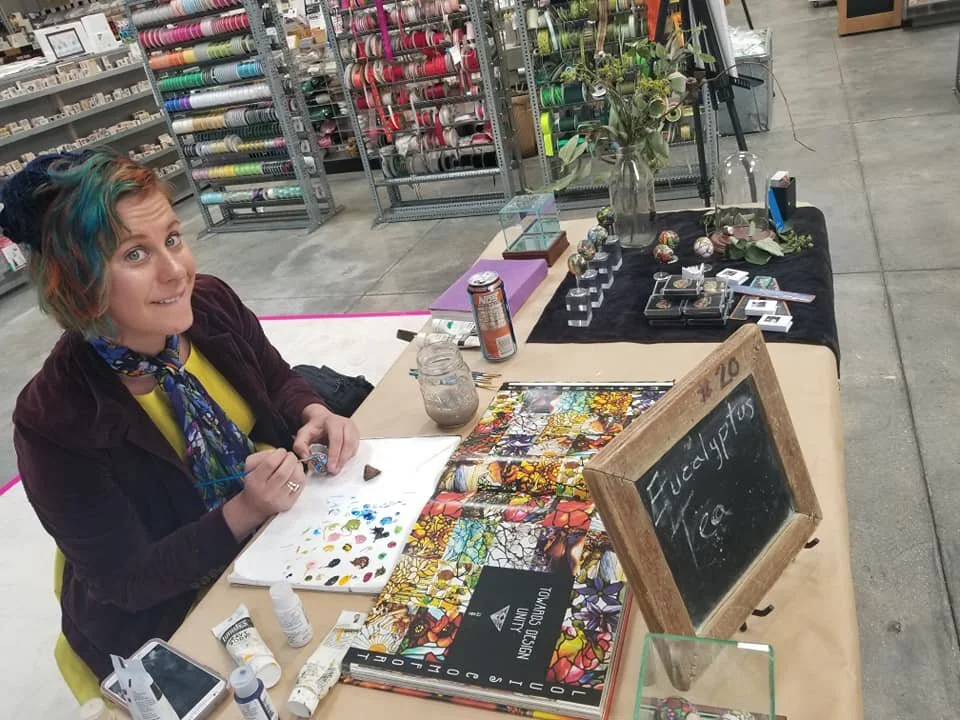TifFAUXny Snails Invasive Paintings
Original paintings inspired by the work of Louis Comfort Tiffany.
Original works depicting California invasive plants in the style of Louis Comfort Tiffany stained glass windows. Painted during a 2-day painting residency at Flax Art and Design in Oakland, CA.
Eucalyptus
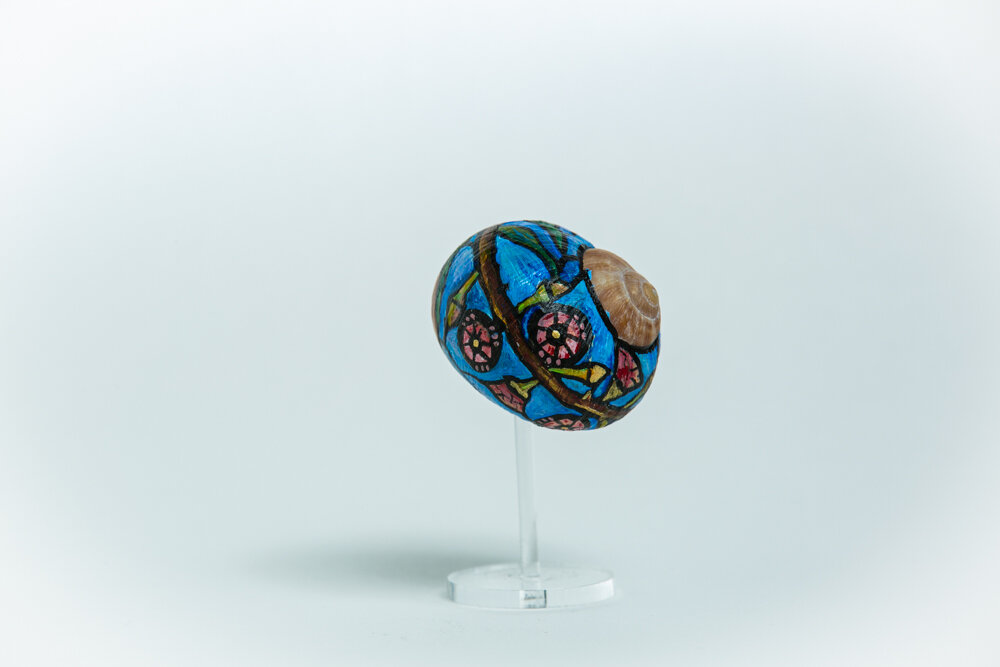

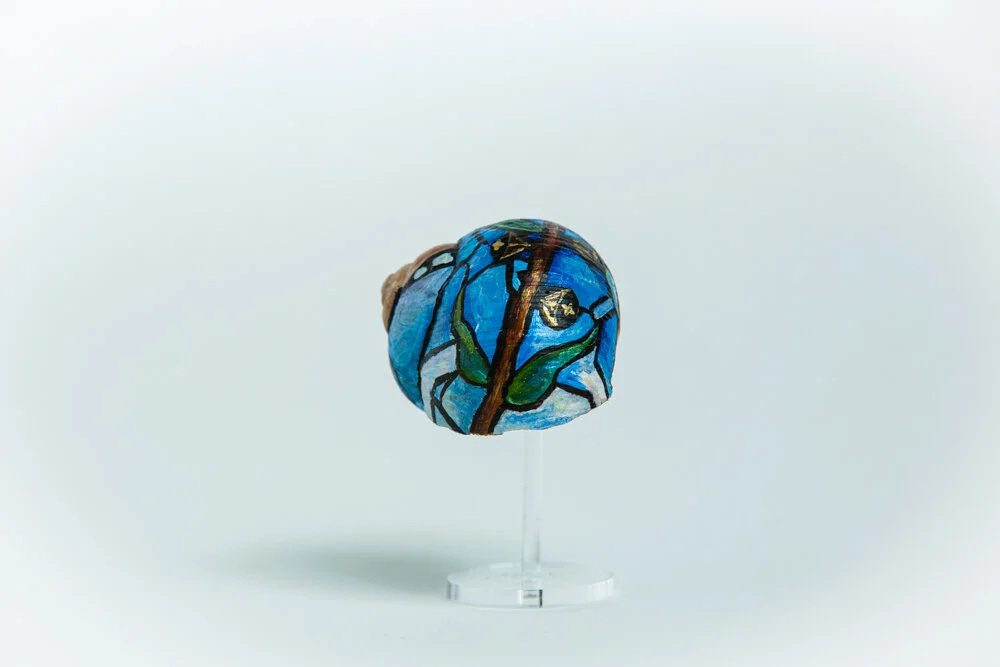
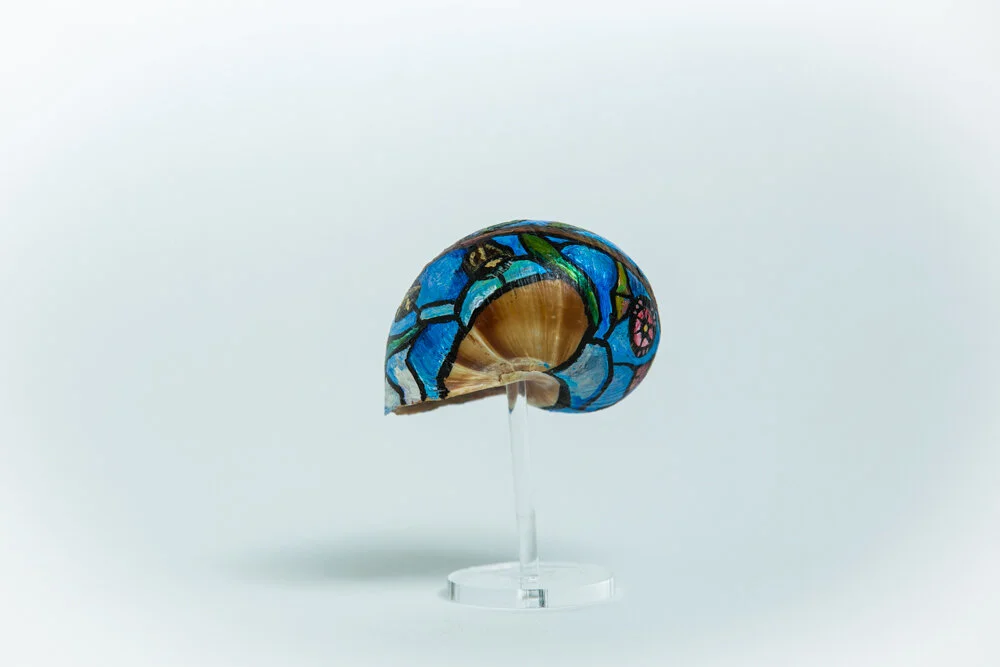
Introduced to California in the 1850’s from Australia, the eucalyptus was first planted as an ornamental, as well as for timber and fuel. They’re considered a “moderate” invasive along the coast where they can can alter local soil moisture, light availability, nitrogen mineralization rates and soil chemistry, creating monocultures and choking out native plants. They are a major fire hazard, both in terms of the leaf litter they produce and the highly flammable volatile compounds in their live foliage which is often described as “explosive.”
Star Thistle
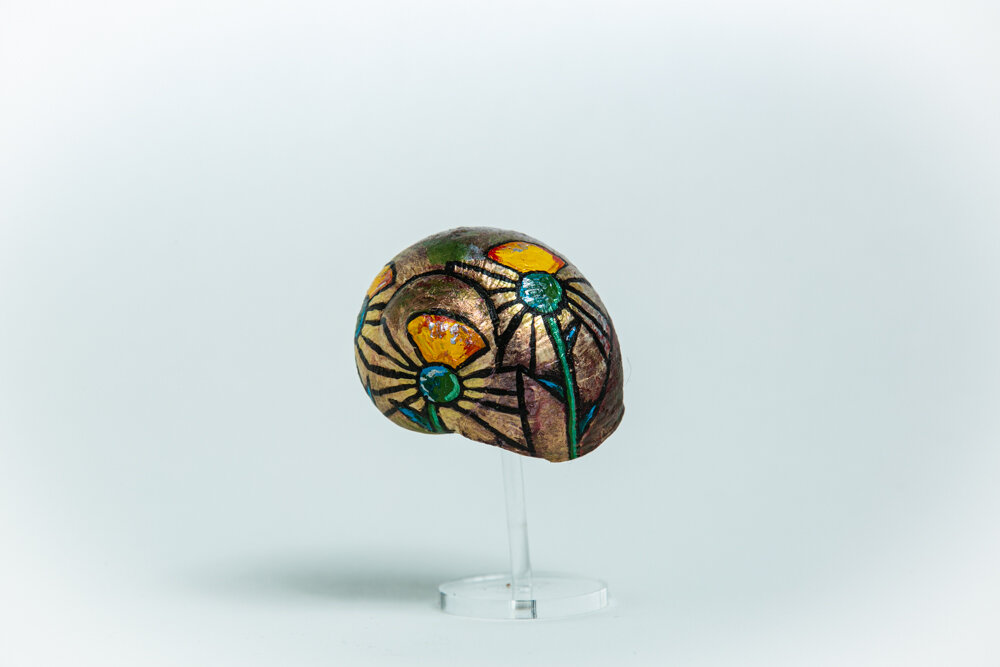


Introduced to California in the 1850’s from Eurasia (via South America, this weed has gotten around), star thistle infests between 10 and 15 million acres in California. It’s considered a “rapid colonizer”, forming dense strands that rapidly deplete soil moisture and crowd out other plants, including sensitive natives. Star thistle does best in high light conditions and disturbed soils, this means it thrives in roadsides, rangelands, areas of new construction. It’s seeds are most commonly spread by vehicles, livestock, and the transportation of infested soils. To top this all off, it’s poisonous to horses which makes it’s prolific spread in rangelands highly problematic.
Dandelion

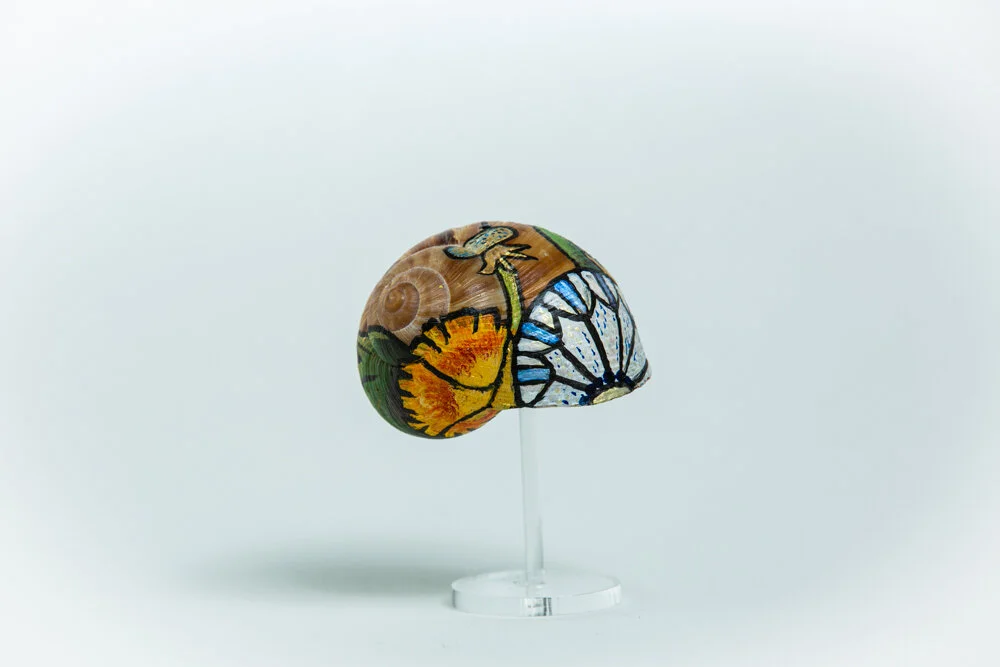

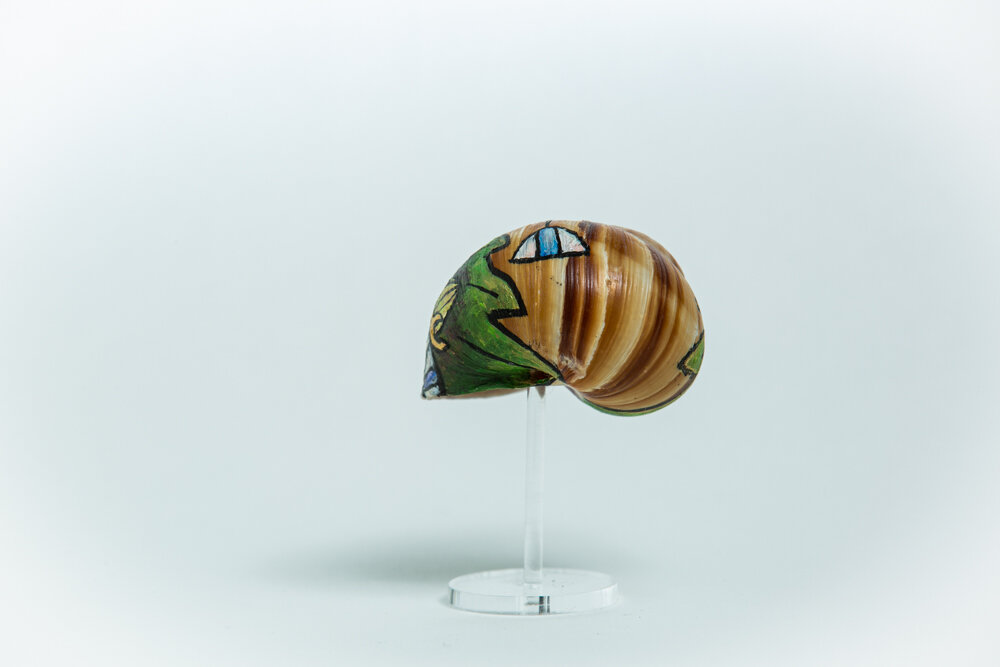
Introduced to California by the Spanish (via Mexico), dandelions have seen long time use as an herb and medicinal plant in their native Europe. The leaves have been used in salads, teas, and as a substitute for braised greens such as spinach; the flowers have been used in beer, wine, and jellies; and the roots have been used in teas and medicines. They can be found throughout California except in deserts, up to about 11,000 feet, occurring most frequently in home/commercial turf, pastures, and cropland.
English Ivy
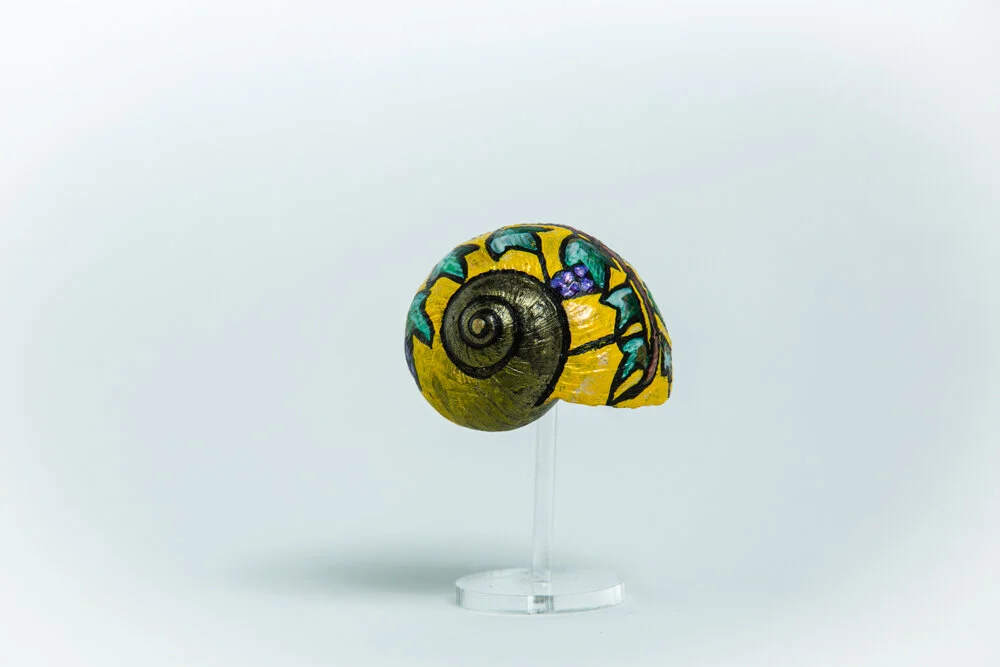
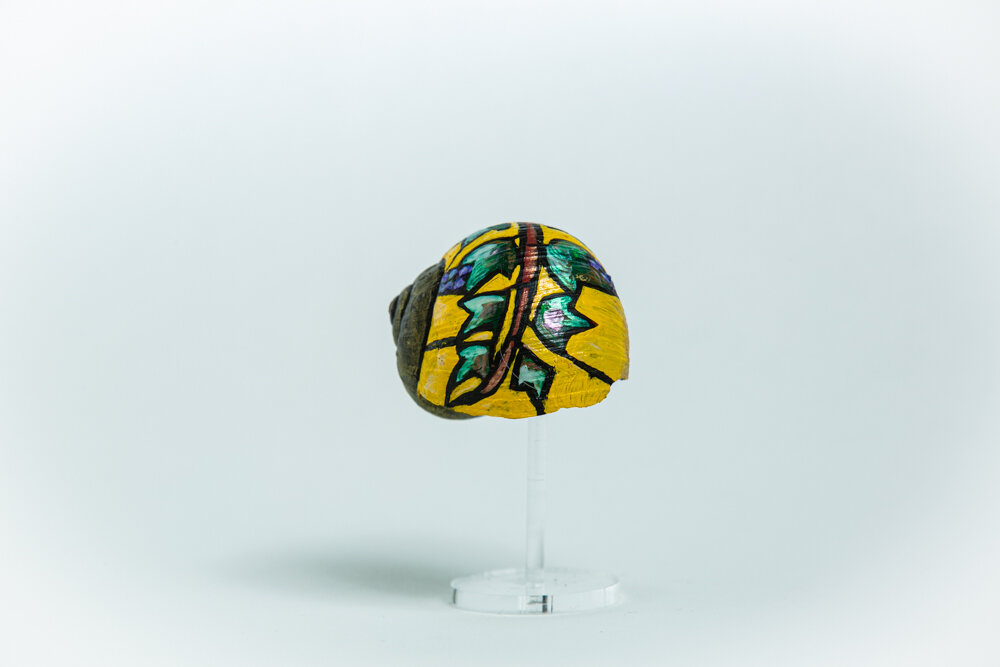

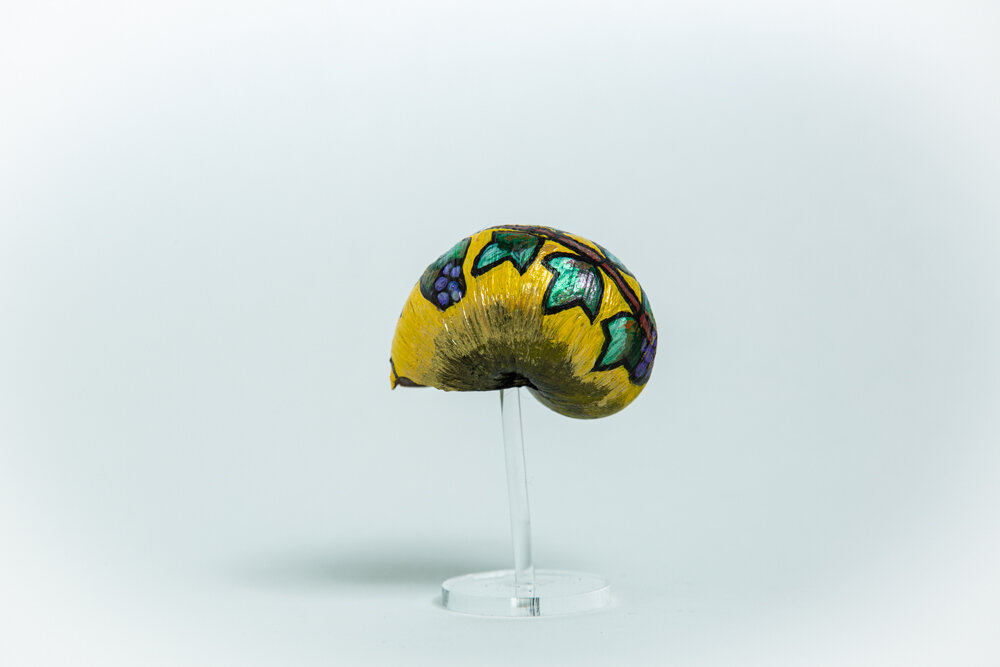
Introduced from Europe as an ornamental, English ivy is a woody perennial vine that has escaped cultivation to become a problem in wooded areas. English ivy shades-out and outcompetes ground vegetation, can kill trees - especially deciduous trees - by dominating access to light, and can also make them more vulnerable during storms due to the addition of excess weight. It impacts the resilience of forests by preventing new growth, with impacts throughout the food chain. The leaves and fruit of English ivy are toxic to humans and livestock, and the sap can irritate skin. Seeds are spread via birds, which makes its containment as an ornamental difficult.
Pampas Grass
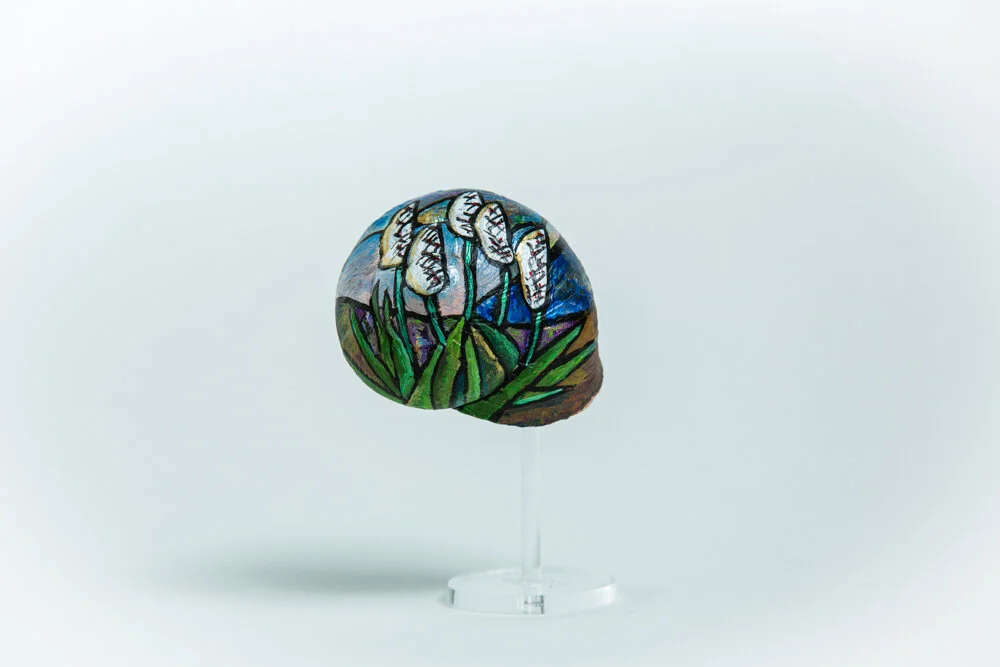
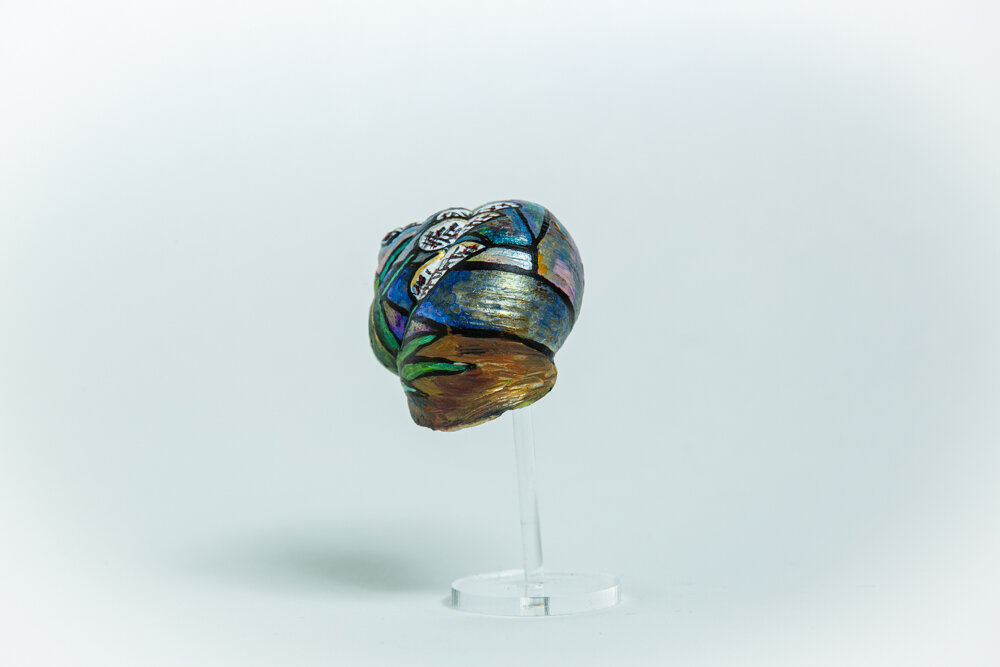

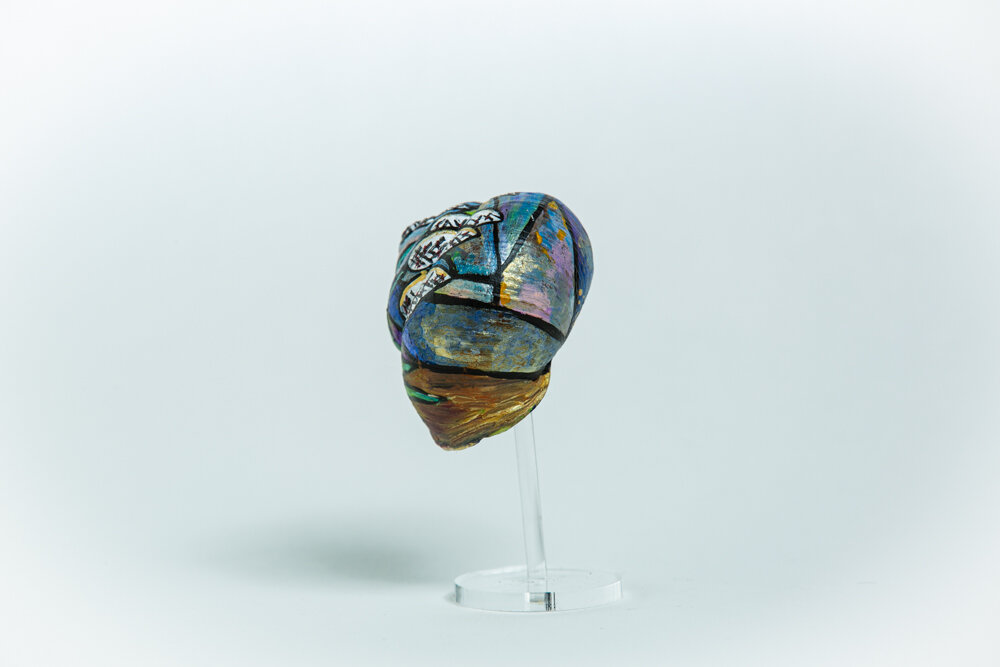
Introduced to California in 1848 as an ornamental, pampas grass has since spread from a single nursery in Santa Barbara to the entire state. It forms distinct, massive clumps along roadsides, hillsides, river banks, and areas of soil disturbance. The grass is very hardy - living for over a decade and tolerant of extreme sunlight, drought, and frost. A single pampas grass can produce millions of airborn seeds every year. Not only that but the grass blades are SHARP and can cause injuries to animals and people.
Himalayan Blackberry

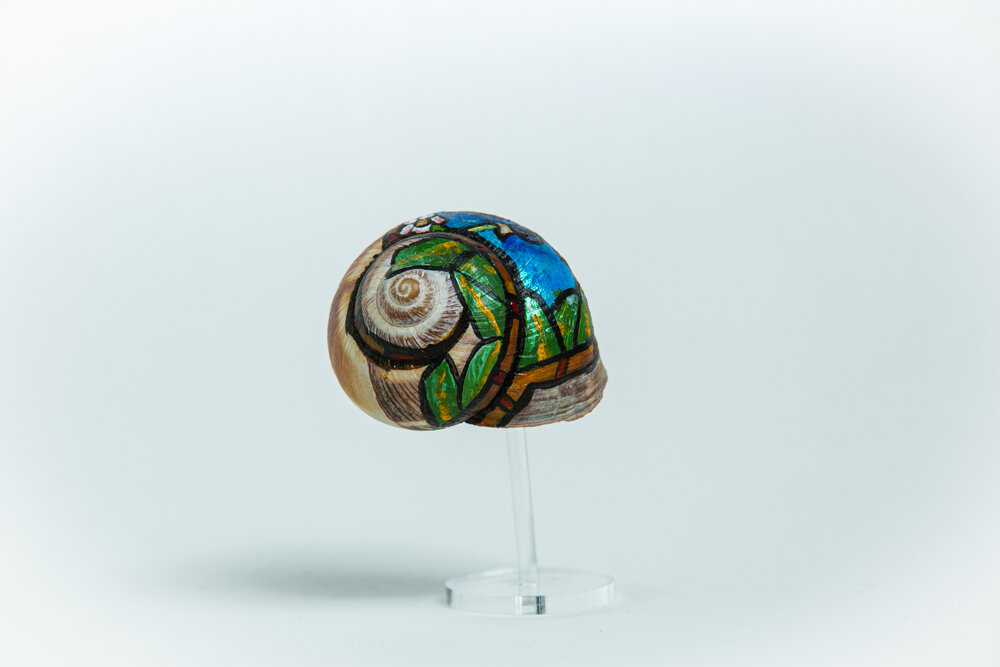
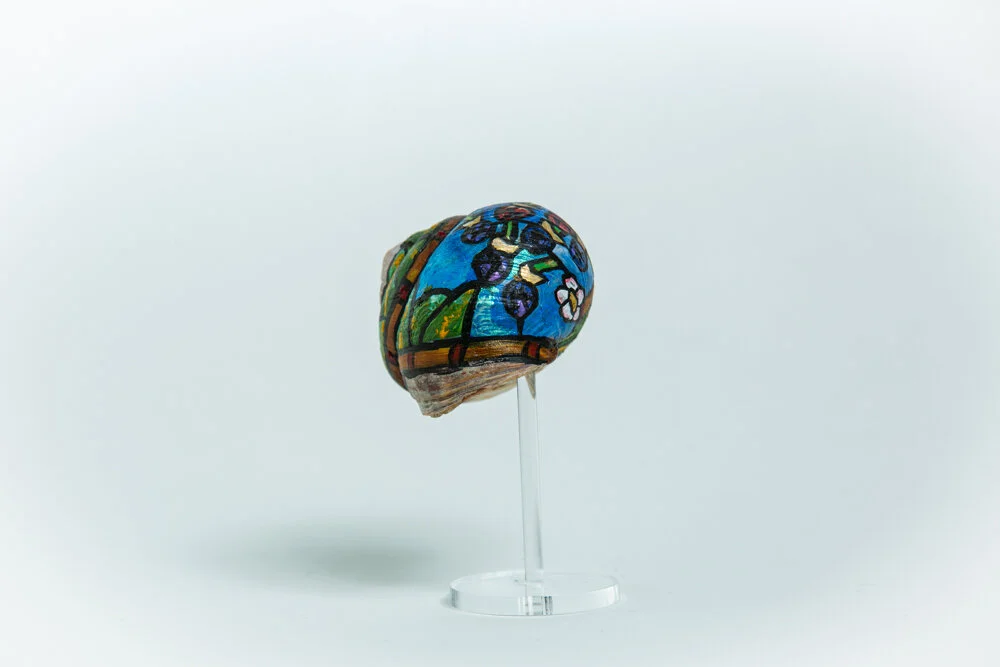
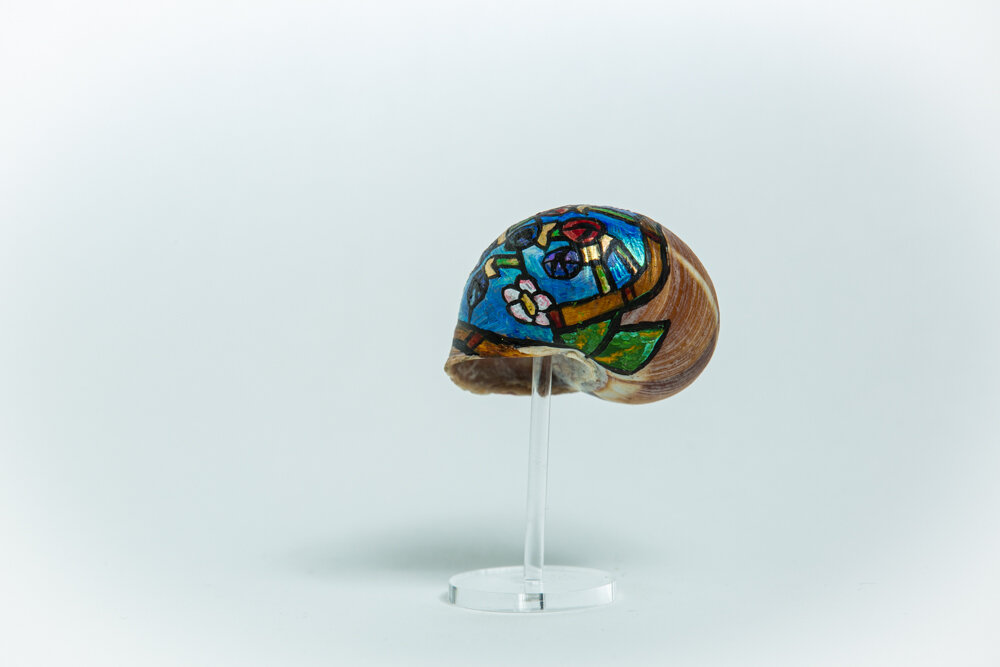
Introduced to California from Europe in 1885 as a food crop, the Himalayan blackberry is now considered a naturalized species. It’s a evergreen shrub that grows in mounds or banks up to 10 feet in height, trailing up to 20-40 feet in length, with prickly leaves and thorny stems. It can be found throughout the Coast Ranges, Central Valley, and the Sierra Nevada along roadsides, waterways, pasture land, and fence lines. The Himalayan blackberry can survive in numerous barren and infertile soil types but does require adequate soil moisture, up to and including being periodically submerged by flooding. Seeds are spread via birds, mammals, and water, although it can also spread via cane tips.
Fennel
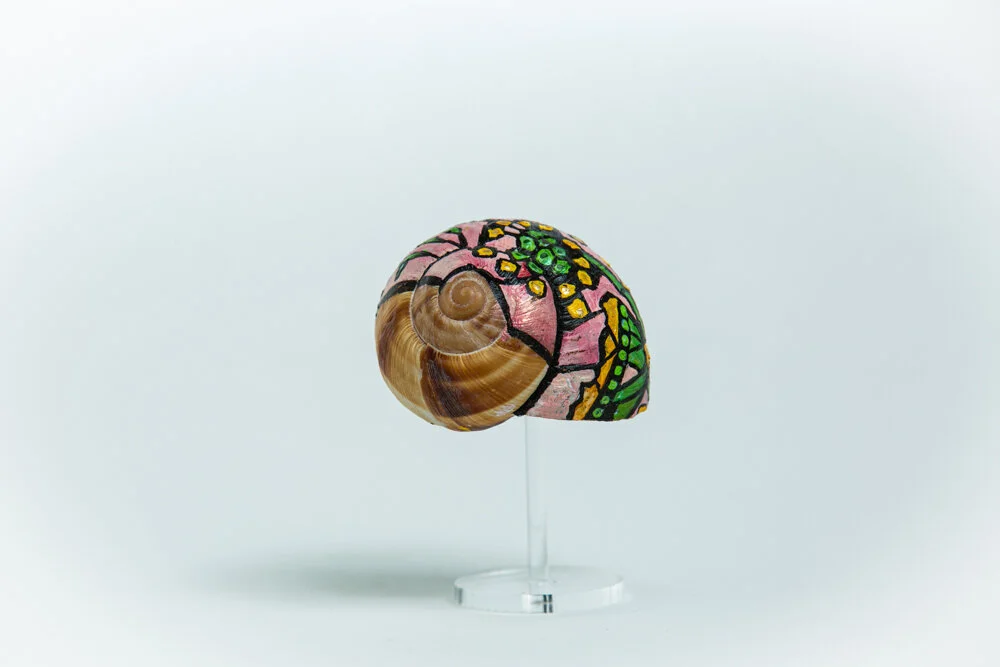
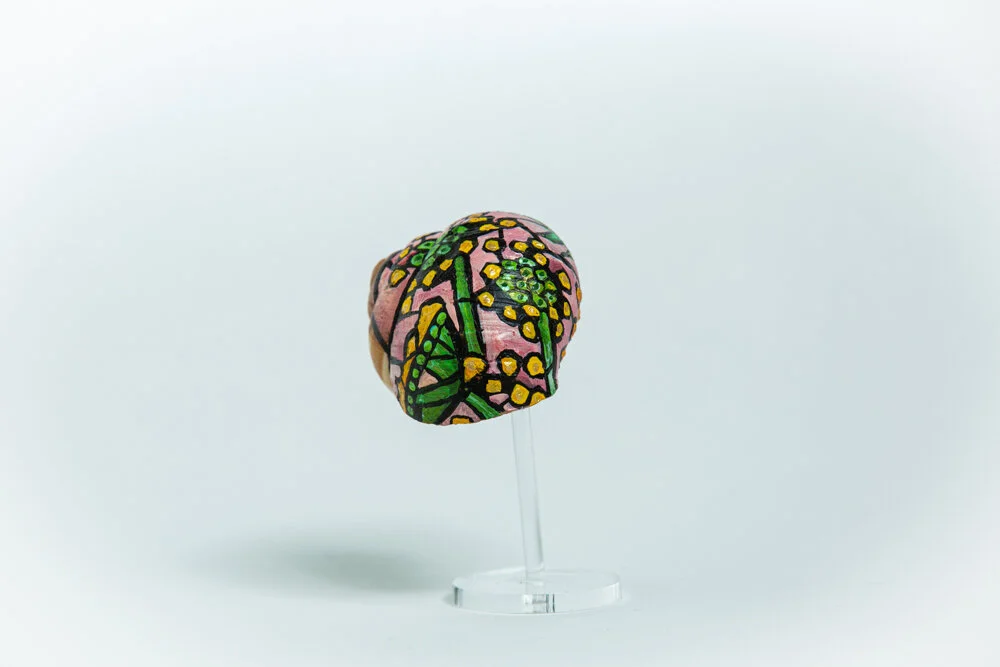
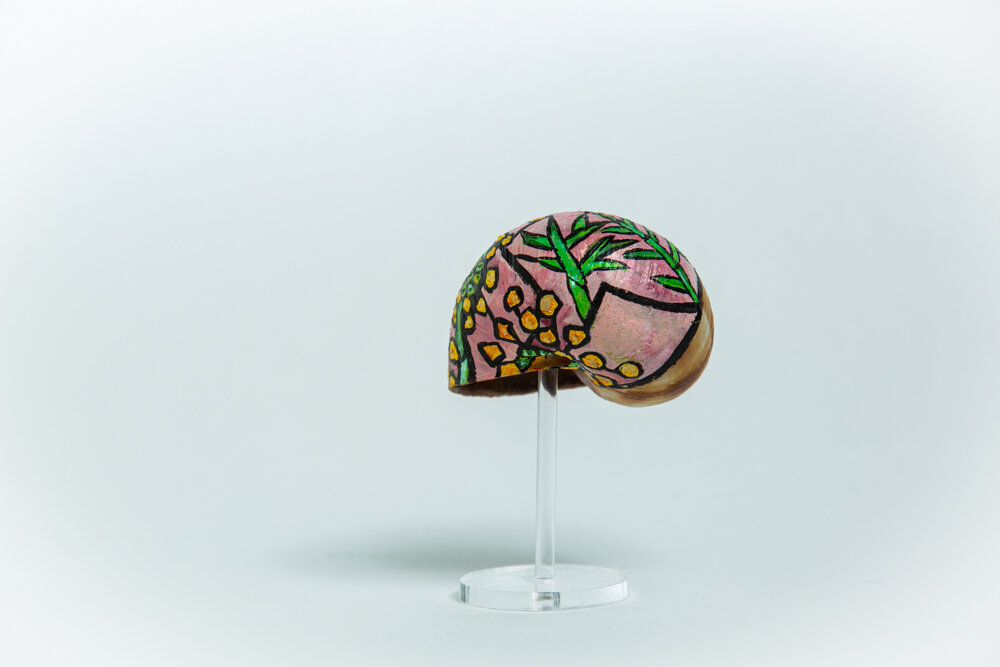

Fennel was introduced to California from southern Europe where it has been used as a spice and medicine. It is a perennial herb, growing four to ten feet tall, with a deep taproot. Fennel can be found within regions with a “Mediterranean climate”, especially in areas of disturbed soil such as creek banks and waterways, pastures and fields, abandoned lots, and roadsides. It outcompetes native species for light, nutrients, and water, developing dense and uniform stands that are difficult to control once established. Additionally, it’s a prolific producer of long-lived and extremely viable seeds which can travel long distances via water.
Scotch Broom
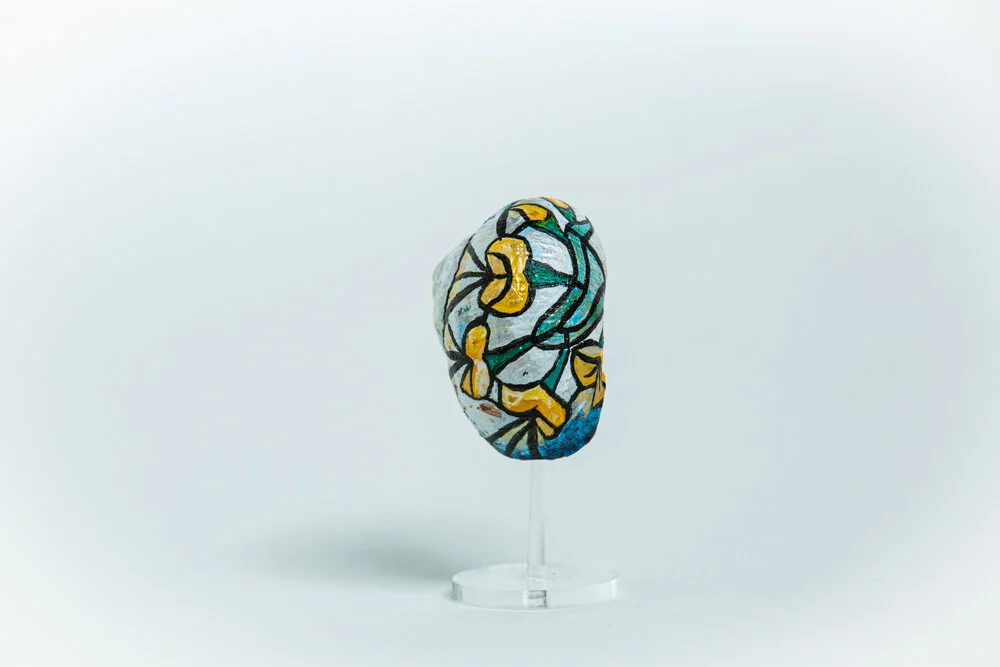


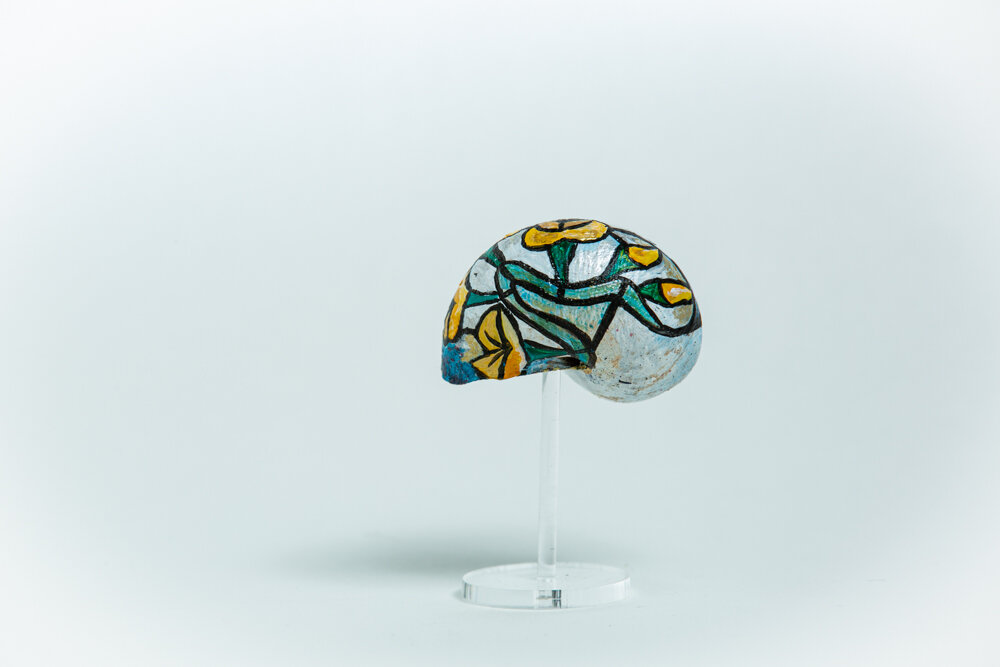
Scotch Broom was introduced to California from Europe in the 1850’s, where it was imported as an ornamental and for erosion and dune control. It’s a perennial shrub, growing from 6 to 10 feet tall, that thrives in disturbed soils such as in waterways, road cuts, and forest clearcuts. It currently occupies more than 700,000 acres in California, crowding out native plants by forming fast growing and dense monospecific stands. It can shade out tree seedlings and is also highly flammable.

